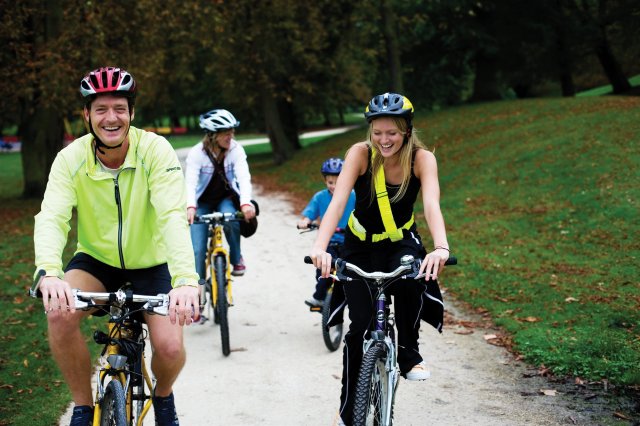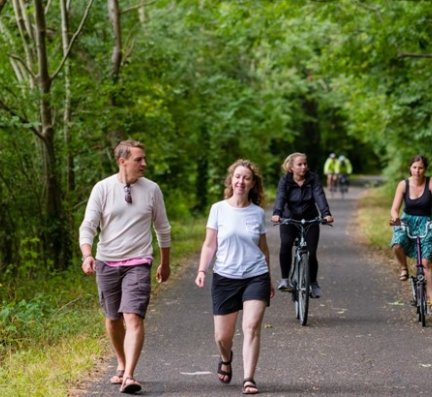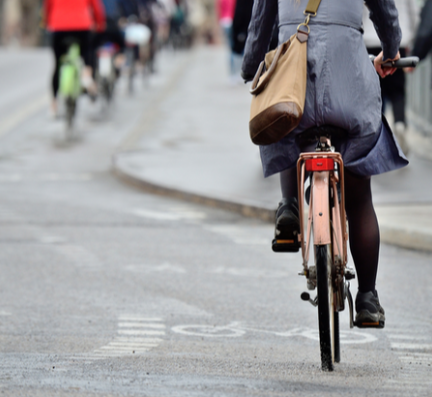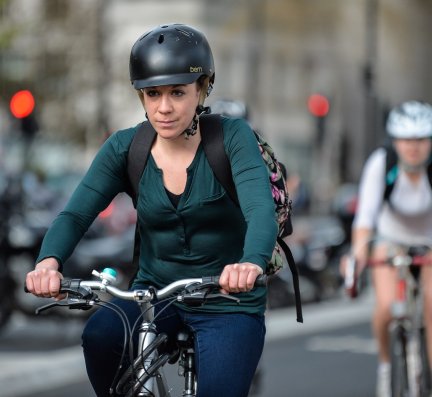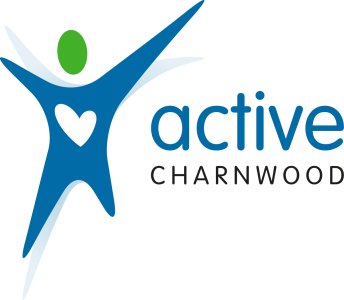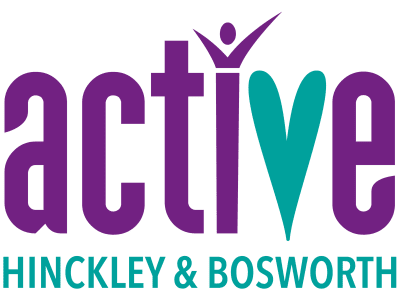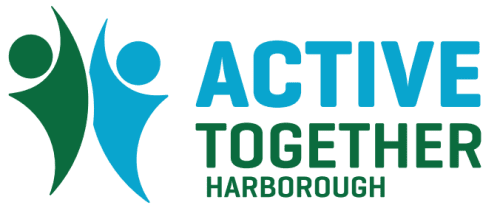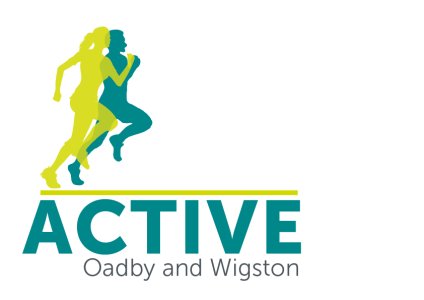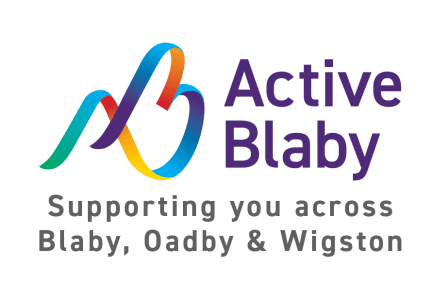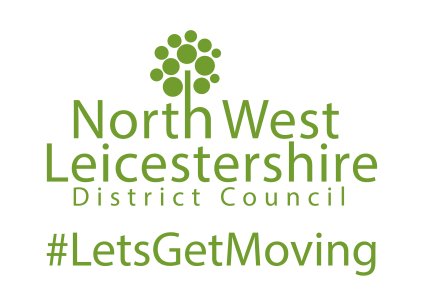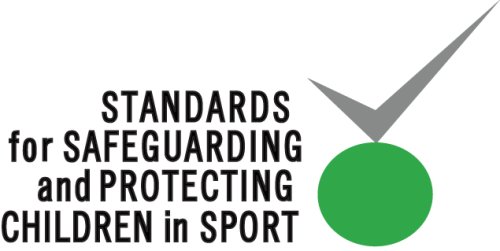Posted: Tue, 29 Jan 2019 10:00
Cycling can be a great way to lose weight, whether you're just starting out or are looking to use your cycling as a way to trim up and shift a few pounds. Cycling UK's Nik Hart shares his tips.
Any weight loss program needs only two things to be successful: a calorie deficit (you burn more calories than you put in) to be sustainable long term.
Cycling is a low impact, adaptable exercise that can burn calories at a rate of 400-750 calories an hour, depending on the weight of the rider, speed and type of cycling you're doing.
If you've just started cycling, the new exercise is likely to result in an increase in calories burnt and you're likely to be losing weight. However, if that plateaus, or you're looking for variety in your training to keep things interesting, the following tips will help you to continue to lose weight cycling.
Track your progress
The main goal of weight loss might be a target weight, or a more appealing figure or smaller waistline. Remember weight loss is never linear and there will be ups and downs, good days and bad. But if you track your progress you will be able to see how you are getting on over time and when you have a bad day, you'll be able to look back and see your previous achievements – great for motivating you to keep going.
Always track your riding too. There's so much technology, sometimes we want to go out and ride for the freedom and to explore the beauty of the natural world around us, but there is a benefit to using gadgets to track your cycling. Often it feels like we're not progressing – "it never gets easier, you just get faster" as Greg LeMond famously said – but by having the data to look back and measure against your previous rides you can see where you have made improvements.
It also helps to monitor when you have been cycling and how long for, which can be a great motivational tool as well as good for planning your training and managing your recovery and rest period.
Sometimes you might start off on a weight loss journey, but actually realise that the benefits of being fitter and healthier are actually just as important to you. Of course, they all feed into each other.
It can be done for little/no money as tracking apps like Map My Ride, Endomondo, or Strava are free to use and can be used easily through a smartphone. The other great benefits of these apps – the community and social aspects you gain from them meeting like minded riders in your area.
Use your commute
How do you get to work? If it's not by bike, why not try it? A 15 minute each way commute, Monday to Friday, would mean you hit your government recommended exercise for the week just by getting to and from work.
Already ride to work? Make your commute count. Chances are that if you ride regularly you take it for granted. Try a more circuitous route home or take the hillier option. Or you can introduce intervals into the ride?
Intervals
Interval training is one of the best ways to get the most bang for your buck from training, especially when it comes to losing weight or you are short on time. Essentially, it involves mixing short 'intervals' of high intensity efforts with periods of low intensity (or rest) efforts.
The main advantage of intervals for weight loss is that they increase your metabolic rate for the following 24-36 hours. The problem is that they're quite unsettling to the body and its recovery. Intervals damage muscle fibres far more than steady-state training and this lasts for up to 48 hours, so if you must ride the next day you may find it quite difficult to do high intensity or long rides, so plan your training well.
There are lots of different ways of doing interval training that vary how many 'intervals' you do, how long those intense periods are, and how hard they are too.
You can do them outside on the bike, or for ease and accuracy or you can do them inside on a turbo trainer or exercise bike.
Push yourself and follow a plan
Basic exercise programmes will always include progression, as the key to losing more weight means continuously pushing your body beyond its capabilities. It's easy to do what you've always done and get stuck in a routine. Make sure you always try to go that bit further, that bit faster, or ride more often than you have the previous week.
Change your training by doing more that will help you disrupt your bodies reaction to exercise. Essentially, the body will adapt to what it always does – so if you always ride for 30 minutes at 10 mph then your body will become efficient at doing just that. Take your regular route and then try riding it longer, or faster, or do it more often to mix it up.
A proper training plan that has progression built into it can be an invaluable tool for ensuring you keep improving – and that'll mean more weight lost.
Ignore the 'fat-burning zone'
A common mistake made by lots of cyclists and other endurance athletes who want to lose some weight is going out and riding for a long time at a low intensity in the fantastically named "fat burning zone". Unfortunately for the sedate-paced it's a myth. While working at lower intensities our bodies do predominately use fat reserves as fuel, but because the effort is low, the total calorie burn will also be low. This means that it won't produce better results than other training methods and you're better off using your cycling time more effectively.
If weight loss is your goal it doesn't matter too much whether you are fuelled with fat, carbs or protein, as you're in a calorie deficit you will lose weight. So, forget about the fat burning zone and focus more on high intensity, high effort cycling as you'll get far better weight loss results through that.
Ride with others
Cycling with others has multiple benefits. You'll likely push yourself further, and ride harder if you're with other people. It's much harder to quit when you are with others, and if you've arranged to ride with other people you are much less likely to cancel your ride due to excuses like the weather.
While it might initially seem like it'll be damaging your morale, riding with people who are fitter/better than you will mean you'll quickly adapt and catch up with them.
As well as that, riding with like minded people who are on the same weight loss journey as you will give you encouragement, advice and accountability - not to mention it's often more fun, and if you're enjoying it, you're more likely to do more of it!
Need help finding riding companions? Search for your local group.
Try fasted riding
The rationale behind training while fasted is that the body is more likely to draw on its stored fuel reserves – i.e. body fat – to use as energy while you exercise, as it's regular supply of energy is low due to you not having eaten recently. The clinical research is mixed, but fasted training undeniably works well for some people.
There's no exact formula, but essentially go for your ride after 8+ hours of not eating. It's not as hard as it sounds; if you ride in the morning it's likely you've not eaten through the night so you're essentially just skipping breakfast before you ride. Water and black coffee are fine but avoid other food and drink.
This comes with a caveat. If you're not used to training while fasted then go easy to start with, rather than jumping into a 3-hour plus epic and take food with you (and know where to stop to refuel) so that if you do start to crash you can get energy on board quickly. It's not something that works for everyone – a few people just require fuelling before exercise – but for some it can be a great weight loss tool.
Hills
There are some natural climbers who love it when the road goes uphill, but the chances are they are not reading an article on how to lose weight cycling. For the rest of us, you'll probably fit into one of two camps: you will either love to hate hills, or you just hate them!
The principle is simple enough; as the gradient increases, the harder it gets. Our body has to work more because its pedalling against the forces of gravity. Many factors influence your calorie-burn figure, including the steepness of the hill, duration of cycling, speed, gear you're in, wind resistance and other factors.
This is a good thing for weight loss. Take the high road – whether that's the lumpy route over the flat on your long rides, or if you're really serious try a hill repeat workout: Pick a challenging climb, and ride it repeatedly (either ride up, down, up again, or find a short circuit where you can ride up and loop around to repeat the climb).
Refuel properly, and skip the cake
It's easy to 'reward' yourself after going out on a ride, especially if you have worked hard and, as cyclists tend to do, end up in a café (or pub). It's fine to treat yourself every now and then but if your goal is weight loss then consider skipping the sweet treats and alcohol.
Diet plays such a huge role in weight loss – more so than exercise – so don't get into a habit of overindulging and undoing your hard work. It's difficult as exercise will stimulate your appetite and make you want to eat more. Remember that weight loss relies on a calorie deficit, and virtually everyone both underestimates the calories in their diet and overestimates how many they burn when they exercise, so be careful.
Additionally, making sure you eat the right things to refuel after a hard effort is important for recovery. Ensuring you replace used carbs, rehydrate properly and are eating enough protein to rebuild damaged muscle tissue will be crucial to making sure you can go out and train again!
Train off the bike
What! I hear you cry. I thought it was all about the bike? It is, but there are numerous benefits to adding other exercise to your training regime.
Simply put, variety. Try new things and keep yourself mentally fresh by giving other exercise a go. Other sports or exercise that involve more upper body movement will compliment your cycling and ensure you're getting a more all-body training programme. Whether it's yoga or weight lifting, there are plenty of other sports that will not only help you lose weight but improve your cycling ability too (to ride further, faster, and stay fit) which will, in turn, help you lose weight through your cycling.
(Source: Cycling UK)


